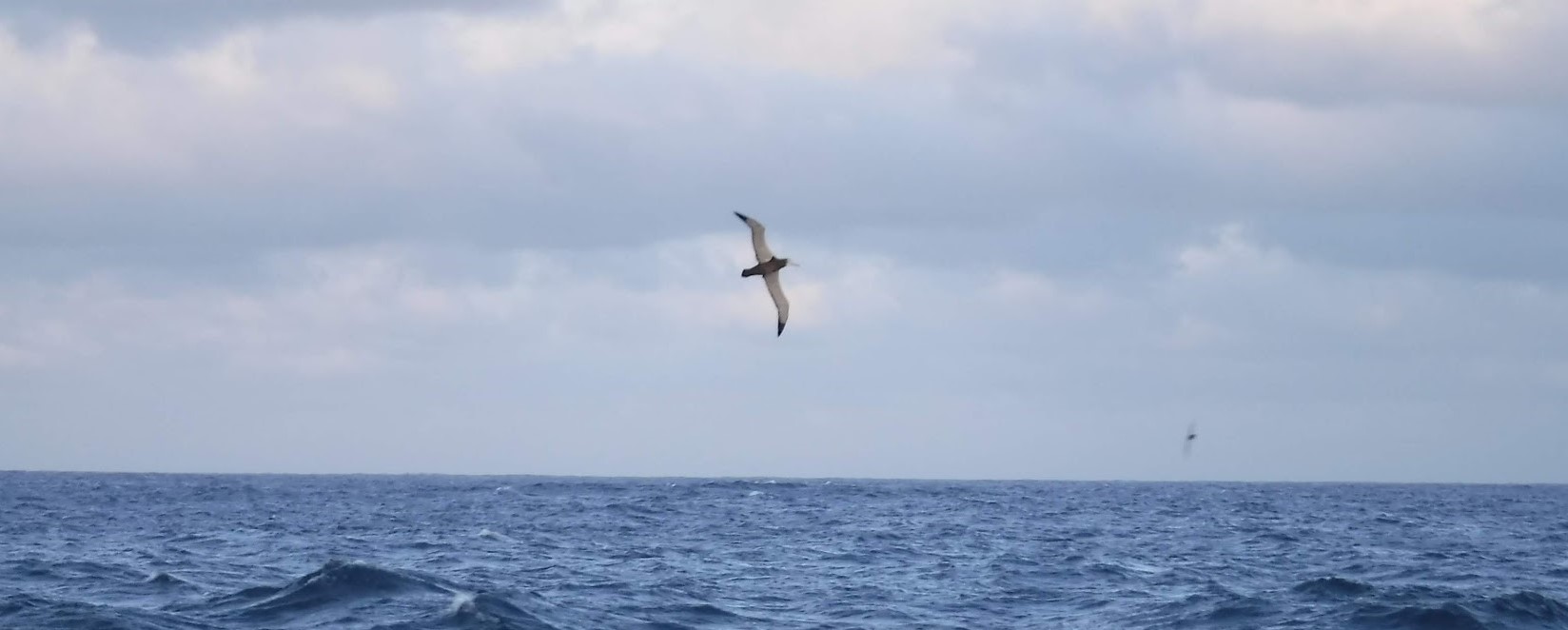During lab watch, we made progress on collecting data for all of our individual research papers. Since a lot of the work needed to be done around the clock, everyone participated equally in the lab’s activity regardless of what specific dataset their own project needed (with some exceptions for those who had very unique projects). The type of work done during lab watch was mostly dependent on the weather and the time of day - some deployments could only happen at night, and most deployments couldn’t happen if the seas were too rough.
During morning lab watches, we would usually do a morning deployment consisting of a phytoplankton net, a neuston tow, and a hydrocast deployment. The phytoplankton net would catch phytoplankton, which are microscopic photosynthetic organisms (think tiny plants) that essentially formed the base of the ocean’s food chain. The neuston tow was a net that was dragged along the surface of the water to catch plankton
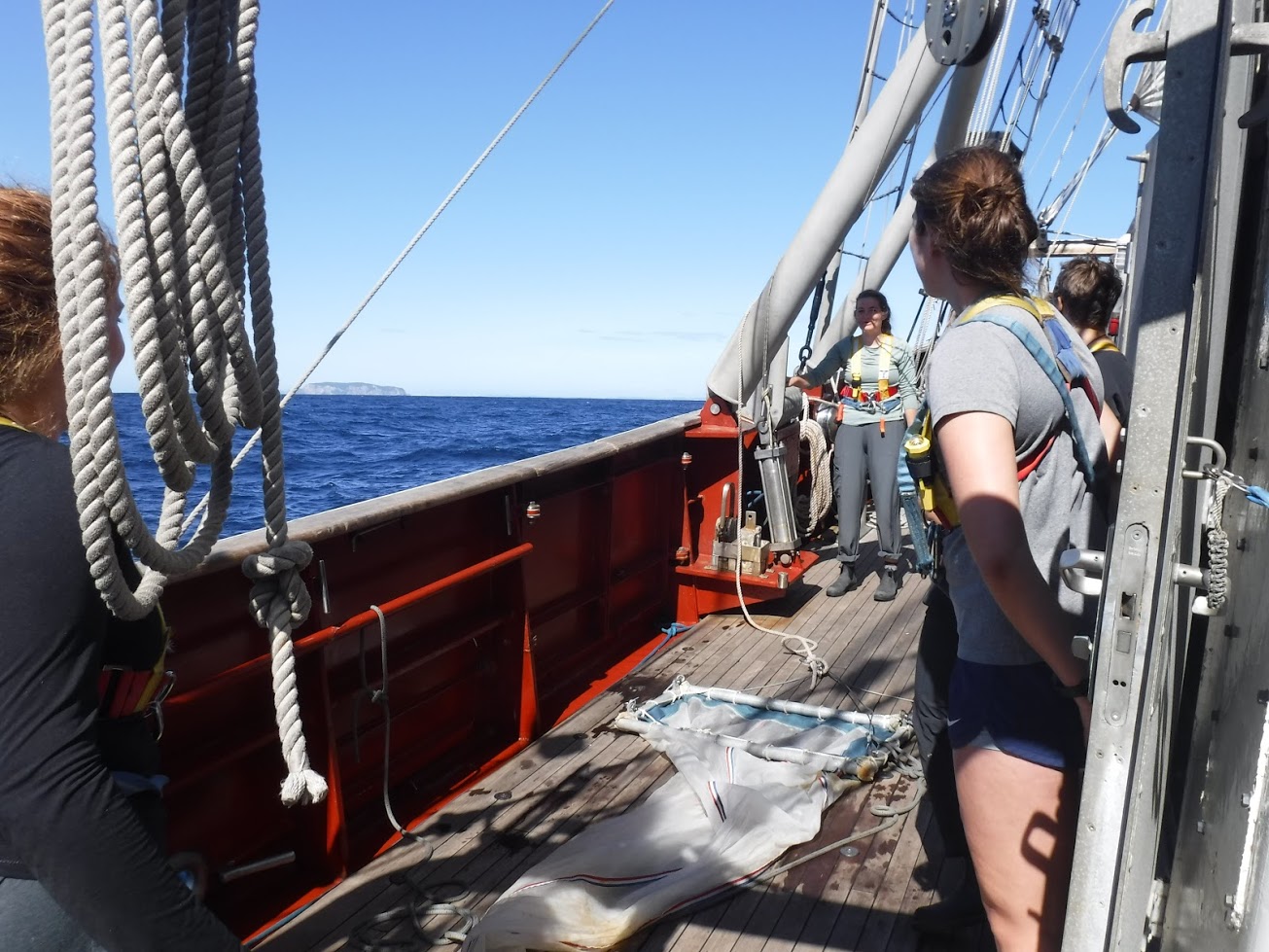
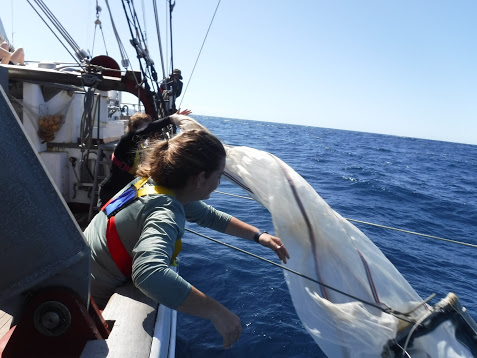
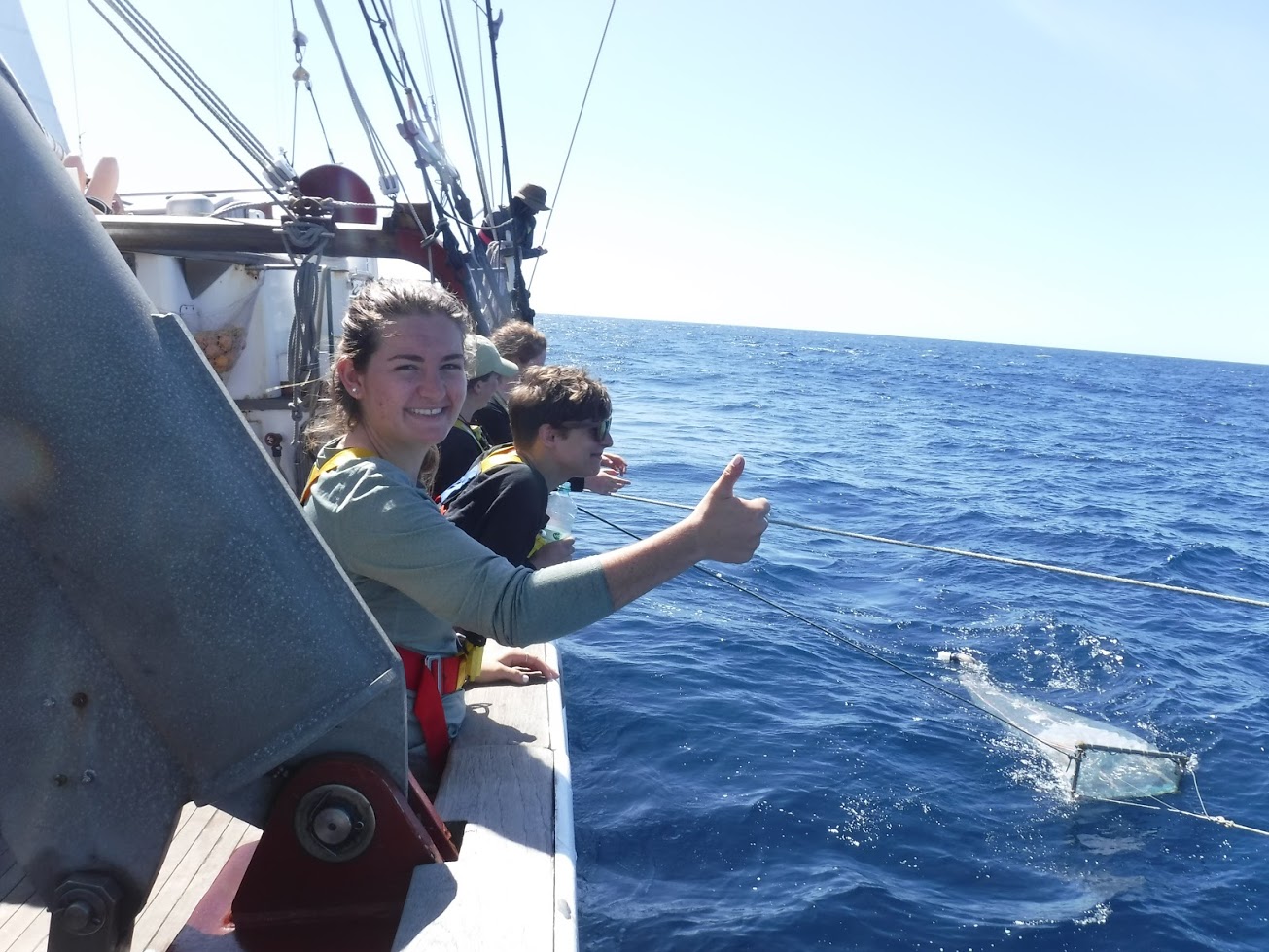

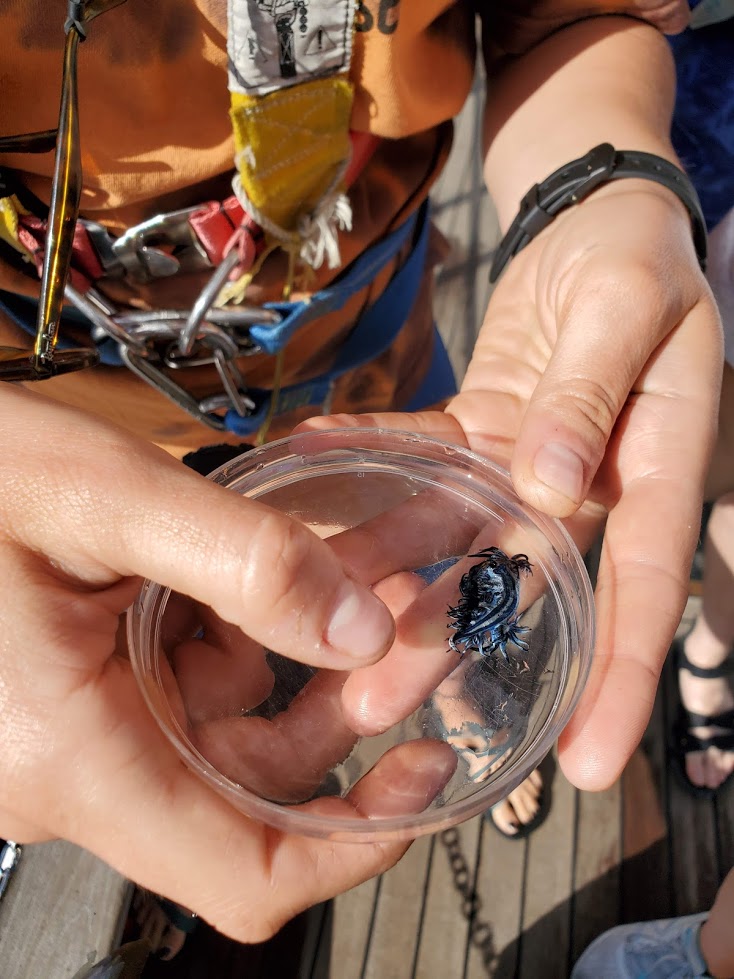

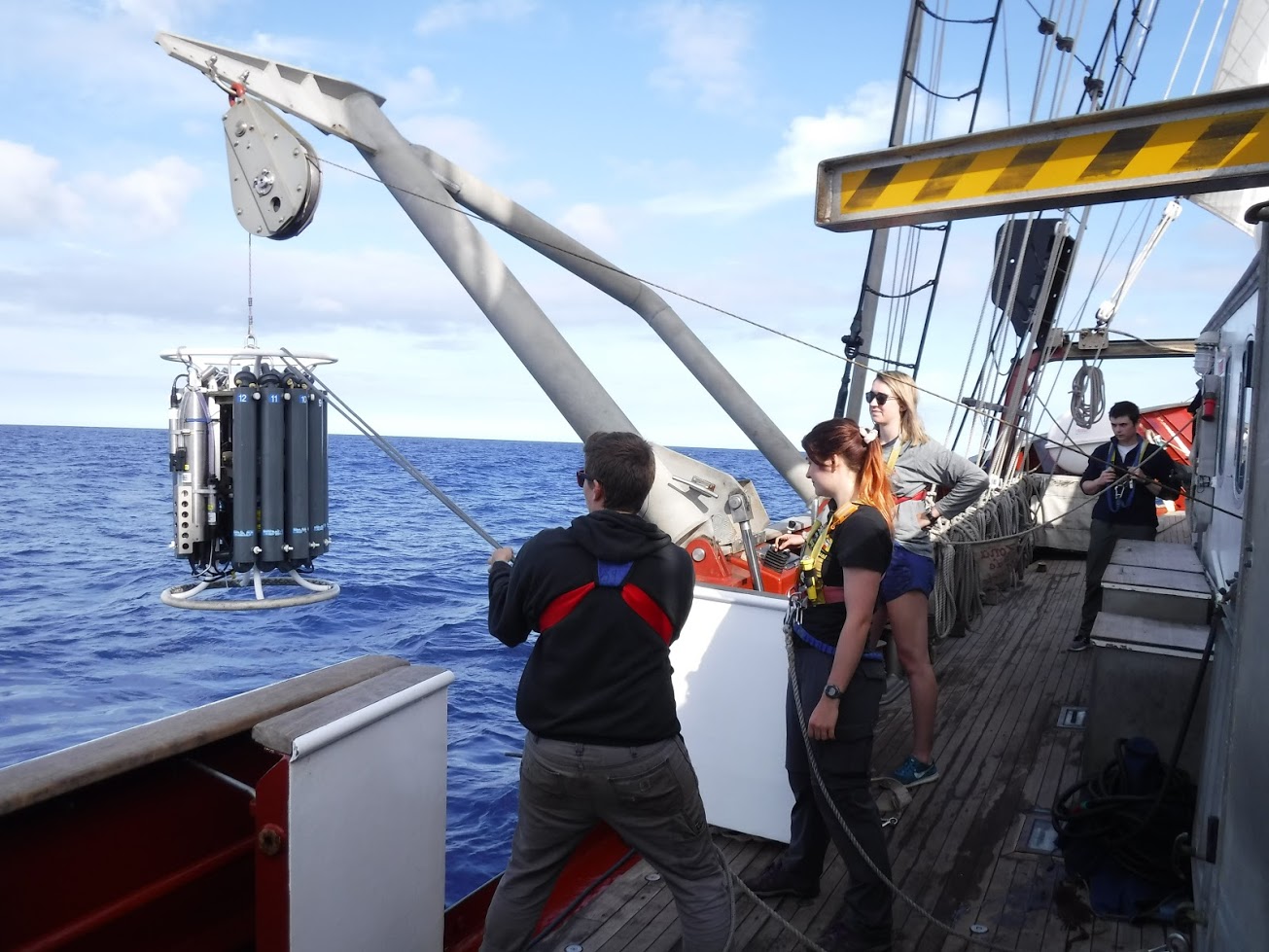

During afternoon lab watches, we would typically process all of the samples collected during morning watch. This involved collecting water samples from the hydrocast, and then using those samples to measure pH and chlorophyll levels (nutrients samples were processed later). The neuston net samples were also processed, which involved picking out anything larger than 2cm and doing a 100-count of the remaining stuff (i.e. taking a small sample, putting it under a microscope, and classifying the first 100 things seen to get a sense of diversity). Everything was also biovolumed to get a sense of quantity.


During evening lab watches, we would do another deployment consisting of a meter net, a neuston tow, and a hydrocast deployment. The process for this was fairly similar to the morning deployments (though it was far harder to take photographs of since it always happened after sundown!). Dawn lab watch was similar to afternoon lab watches, except we processed samples collected from the evening deployments instead of the morning ones.
During our lab watches, we also contributed some additional work that was specific to particular research interests of our shipmates. One of my shipmates was really interested in studying sea bird populations, so we factored in time for a 15-minute bird observation to be completed every hour (while it was light out). Another one of my shipmates wanted to study the effects of plastic pollution for carrying species across different water masses, and during one of the watches we came across a stray buoy that made for good data.

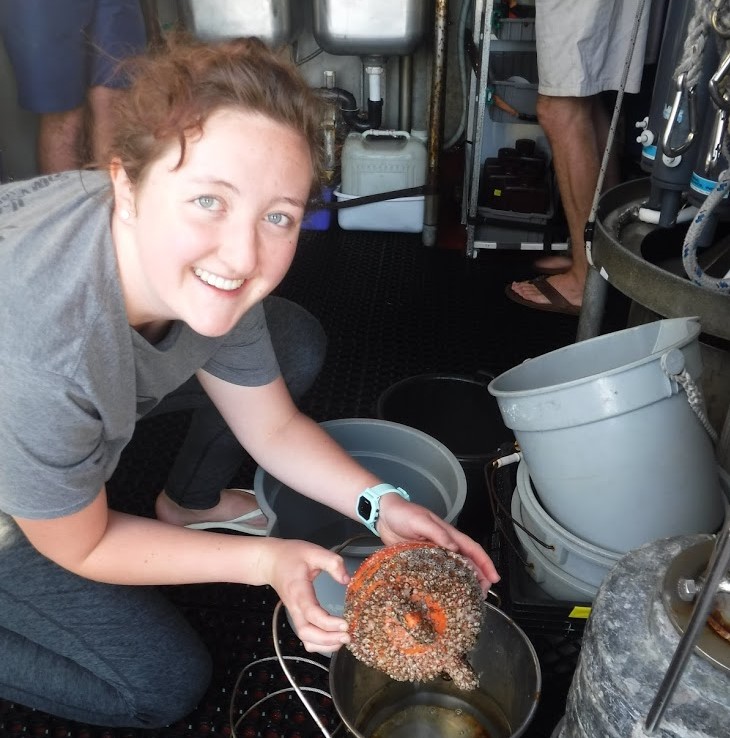
We also saw a lot of cool marine life including seals, stingrays, sunfish, dolphins, sea birds, whales, and even a hammerhead shark! Unfortunately wasn’t able to snag good photos of too many of them, but here’s what I’ve got:
